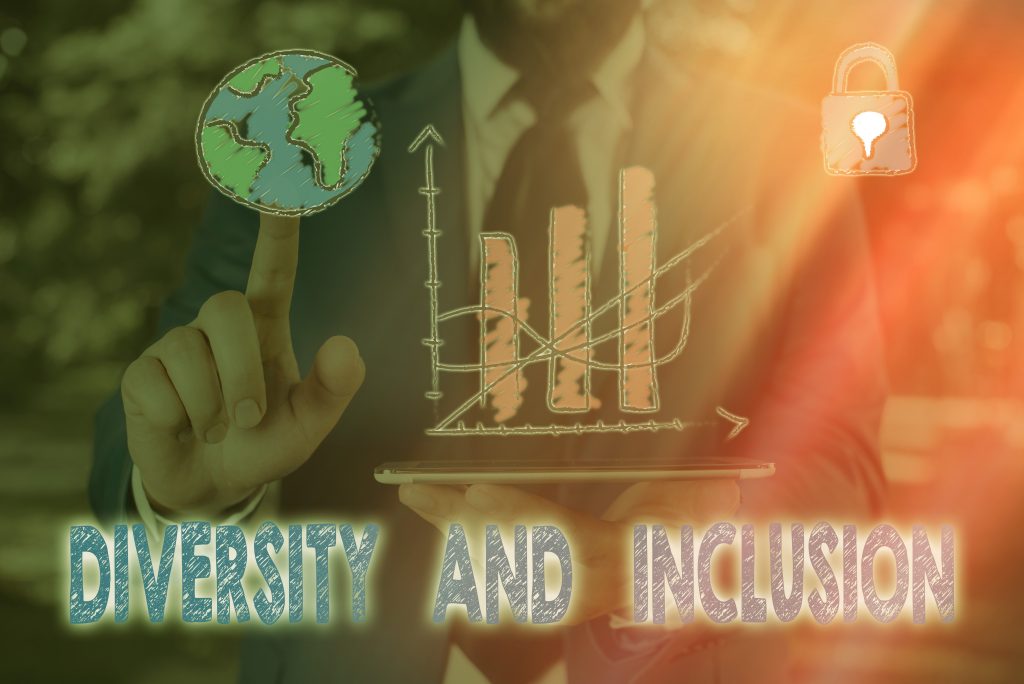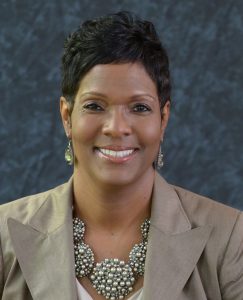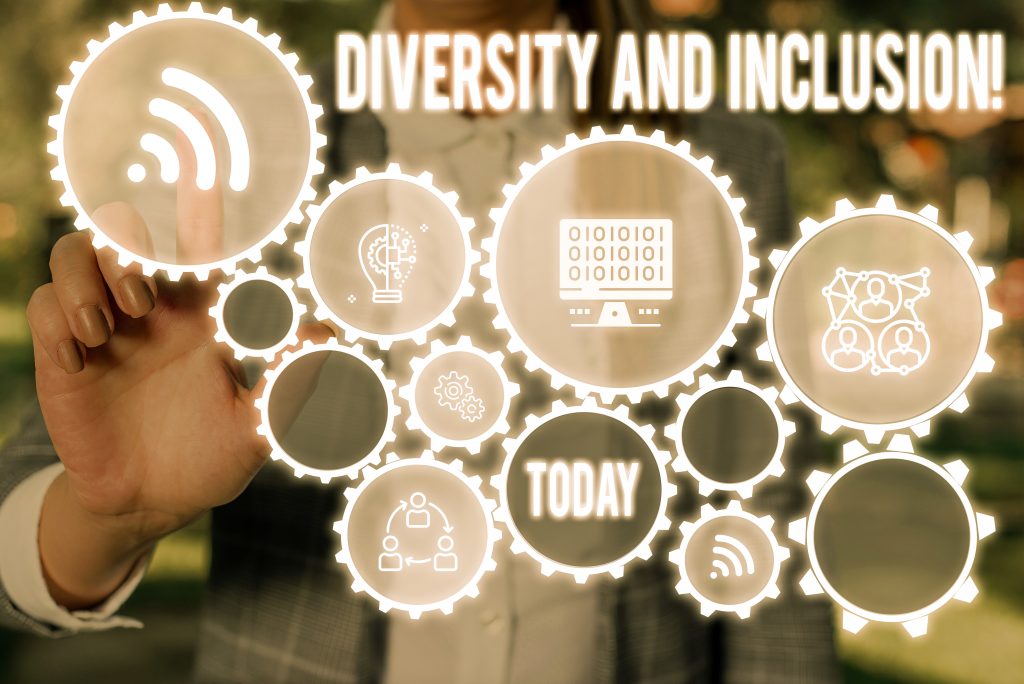Local political subdivision leaders make decisions every day that impact their diverse communities, yet often these decisions are being made by leadership bodies that have not focused on cognitive diversity, and who do not reflect the diversity of their citizens. This can lead to decision-making in a vacuum, putting the organization at risk of increased citizen dissatisfaction, negative headline risk, public official’s liability claims, and more.

Local leadership must rethink the practice of engaging the typical leader profile and the traditional voices that result in a limited frame of perspectives and lived experiences. More than that, neglecting inclusion means missing out on the benefits.
Research shows that cognitive and demographically diverse teams:
- Are twice as likely to be high-performing;
- Are six times more likely to be innovative and agile;
- Are eight times more likely to achieve desired outcomes; and
- Have members who feel more inspired and confident.
VRSA Inclusion Resident
How can your organization get started?
This spring, the Virginia Risk Sharing Association (VRSA) will launch an Inclusion Residency with Dr. Robin Stacia with the Sage Consulting Network.
 Dr. Stacia is a clinical psychologist who began her work in diversity and inclusion after practicing for 25 years with the U.S. Department of Veterans Affairs. It was during her work with depression and addiction that she began to understand how disparities within communities impacted citizens.
Dr. Stacia is a clinical psychologist who began her work in diversity and inclusion after practicing for 25 years with the U.S. Department of Veterans Affairs. It was during her work with depression and addiction that she began to understand how disparities within communities impacted citizens.
“There are true systemic and structural reasons why certain communities do not fare as well as others,” said Dr. Stacia. “And bringing together a diverse leadership is one way to increase the likelihood that community leaders will develop policies and practices that will benefit these communities by providing equitable and inclusive solutions that foster success for everyone.”
Through the residency, member chief appointed officials will be invited to learn more about diversity and inclusion through training events, coaching and resources to support your diversity and inclusion journey and work.
“We have seen a lot of movement in the social justice landscape over the past year,” said VRSA Managing Director Steve Craig. “VRSAS’s Inclusion Residency is an opportunity to provide guidance and leadership to help members be prepared to have open and honest dialogue with the diverse members of their communities, to help develop inclusive policies and practices, and hopefully to bring about some healing for all of us so we can best meet the challenges that lie ahead.”
As Virginia local political subdivisions are increasingly serving more diverse populations, choosing to focus on inclusion now is key.
Defining Diversity and Inclusion
Diversity is both cognitive and demographic.

Cognitive diversity, says Dr. Stacia, are those things we bring to our work and teams that are inherent to who we are, and often derived from our education, profession, skills, interest and our unique preferences for how we think about issues. Diversity of thought, of experiences, and of backgrounds is often informed by how we have been exposed to the world.
“We draw on these aspects of our cognitive style in the way in which we work in teams, how we problem solve, how we make decisions,” said Dr. Stacia. “Studies show that teams with greater cognitive diversity – those with different backgrounds and experiences – are more innovative and have better long-term outcomes.”
Demographic diversity, Dr. Stacia points out, is all of those aspects of who we are as individuals and that we want to embrace a range of differences in nationality, ethnicity, race, age, gender, gender and sexual identity, and more.
“When you bring these elements together, you have the makings for inclusion,” said Dr. Stacia. “Inclusion is fully realized when we create opportunities where people of all different backgrounds are given voice and shared responsibility and leadership.”
There is a mutual cross section between cognitive and demographic diversity, where who we are also informs our cognitive preferences.
How Diversity and Inclusion Impacts VRSA Members
Organizational Benefits
While employee populations have become increasingly diverse, one only has to look around to see that local political subdivision leadership skews older, male and white.
This is in stark contrast to Millennials and Generation Z – the most diverse generations in history.
In the workplace, a lack of diversity and inclusionary practices can lead to public officials’ liability claims. Over the past five years, thirty-one percent of VRSA’s public officials’ liability claims are related to allegations of age, race, disability, and/or gender discrimination in employment. These claims account for more than 43 percent of our total public officials’ liability claims and cost VRSA members more than $1 million annually.
Paired with today’s social and political environment, we expect increased employment practices liability claims, a significant emerging risk for VRSA members.

Dr. Stacia recommends not only focusing on increased diversity and inclusion training among existing staff, but on creating a diverse workforce within your organization. To do so, Dr. Stacia says, start with your entity’s recruitment program.
“You need to examine if you are doing enough to be intentional with the hiring process,” said Dr. Stacia. “Look at where you recruit and spaces where you are likely to find more persons of color, people with different ethnic and multicultural backgrounds. Consider using recruiters who focus on the recruitment of people of color and diverse populations.”
Community Benefits
Having a diverse team in place means leaders can more effectively understand their communities.
“Better decision-making outcomes are realized when you ensure the right questions are being asked, and that problems and issues are being viewed from multiple lenses,” said Dr. Stacia.
Dr. Stacia points to a Deloitte study which determined that effective decision-making and problem solving requires six mental frames.
“In order to solve a problem, we need to be able to look at evidence, options, outcomes, people, process, and risk,” said Dr. Stacia. “Not every person approaches problem solving from all of those perspectives. As a psychologist, I solved problems looking from the people perspective; other people, such as a CPA, may look at it from a financial impact. Having diversity around the table tees up these discussions that we want to have – it’s called divergent thinking vs. convergent thinking.”
This, Dr. Stacia asserts, leads to better outcomes for all.
“Our leaders have to think about what we need to do to create real opportunities for all of those who we are charged to serve,” said Dr. Stacia. “Having a more diverse and inclusive workplace brings people to the table who bring a variety of perspectives to create those better outcomes.”
The Inclusion Residency
So how do you create a thriving community?
By examining data, knowing your communities, seeing where there are disparities, and providing voice and input by a diverse group on the policies and programs needed to address these issues.
VRSA’s Inclusion Residency program will kick off at the VRSA Annual Meeting this May. From there, the residency will include four training webinars for chief appointed officials, as well as four training webinars for all member representatives. Consulting directly with Dr. Stacia will be available, as well as funding for two member entity’s diversity and inclusion projects.
More information on this program will be announced at the VRSA Annual Meeting on May 7, 2021.

